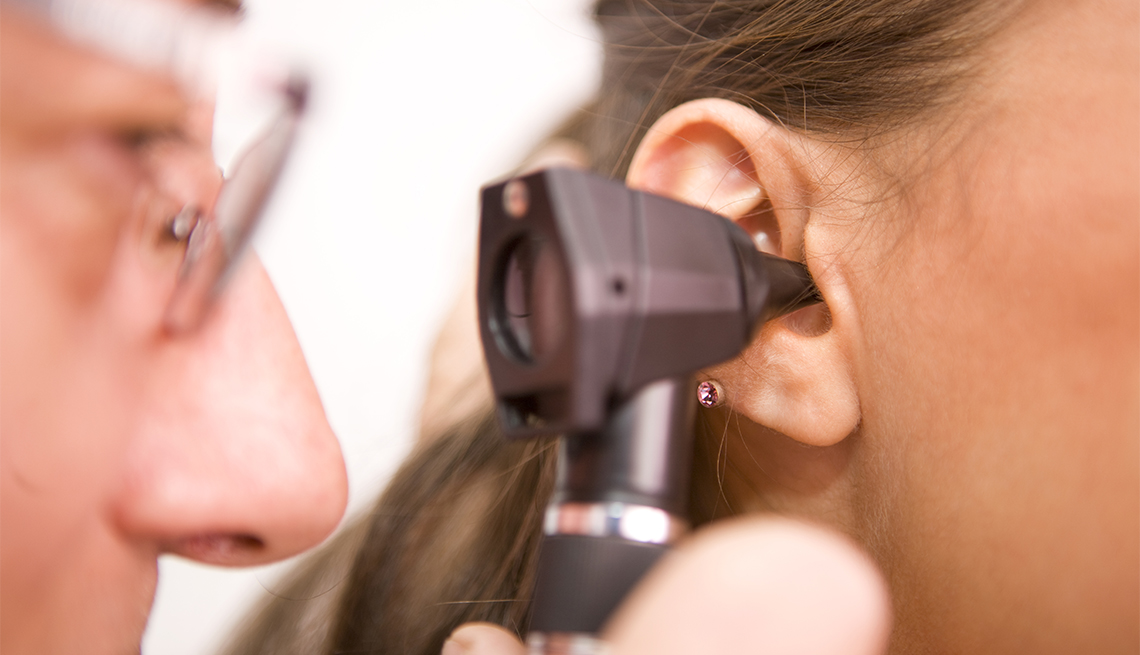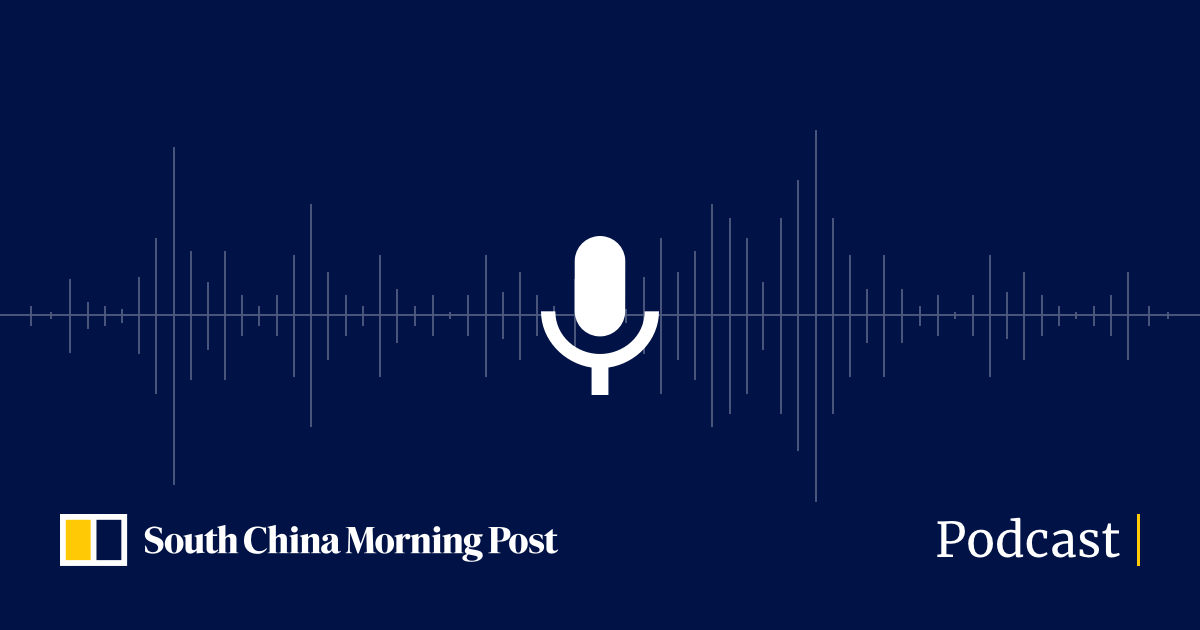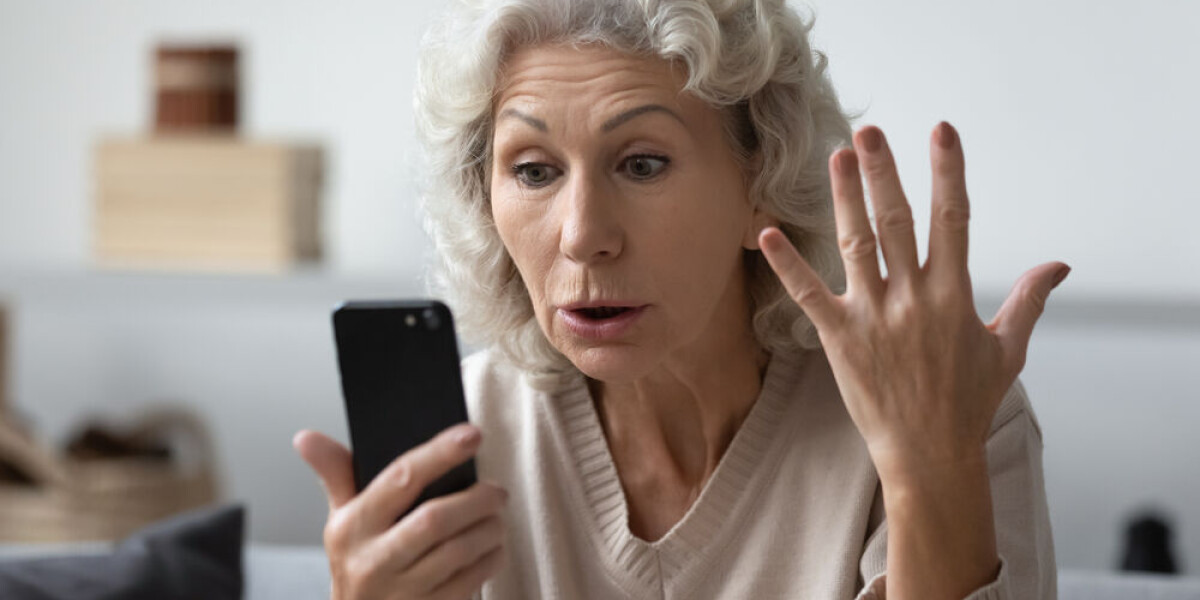
- Select a language for the TTS:
- UK English Female
- UK English Male
- US English Female
- US English Male
- Australian Female
- Australian Male
- Language selected: (auto detect) - EN
Play all audios:
The symptoms of hidden hearing loss and mild hearing loss are very similar, Spankovich says: difficulty understanding speech in noisy environments, trouble following conversations and
ringing or buzzing in the ears. “The only way an individual who has perceived hearing deficit will know if they have hidden hearing loss is if they see an audiologist to have a comprehensive
audiological evaluation.” Tests that can demonstrate evidence of hearing damage include an extended high-frequency pure-tone audiogram; an otoacoustic emissions (OAE) test, which examines
how well your inner ear is functioning by measuring otoacoustic emissions (sounds the inner ear emits when responding to another sound, which can show early-stage damage); and
speech-in-noise tests, designed to simulate real-life conditions. Curious about how well you'd do? Take an online test devised for the Associated Press in conjunction with the Mailman
Center for Child Development at the University of Miami. How it works: You'll be asked to repeat a series of simple sentences. The exercise kicks off in a quiet atmosphere but slowly
introduces background noise, which gradually increases with each phrase. LIVING WITH THE DISORDER There's no cure for hidden hearing disorder, but there are communication strategies —
and even some nifty technologies — that can reduce the impact of noise on listening and lessen further damage. Shut it out. If you're going to be around loud sounds, protect your ears
by wearing a noise-reducing device. “If you like to go to concerts and listen to loud music, consider getting musician earplugs,” Spankovich suggests. You can even get a custom-made pair. If
you hunt or target-shoot, hearing protection is a must, to reduce your risk for further damage, so slip on a pair of noise-canceling earmuffs. And turn down the volume when listening to
tunes using earbuds. Try environmental manipulation. “We don't have holes behind our ears; we have them in front,” says Spankovich. “If you're trying to have a conversation in a
noisy restaurant, put the noise to your back and put your dining companion in front of you, so you can visualize them and see their mouth and face. This will automatically improve the
signal-to-noise ratio.” Another tip: When dining out, ask to be seated at a booth, to help block out surrounding noise, or try to socialize in quieter settings, Palmer recommends. Turn to
tech. Yep, there's an app for that. Consider using a directional microphone to capture sound and deliver it to your hearing device, to improve speech recognition in noise. Spankovich
offers two. Live Listen allows you to turn the microphone on your iPhone into a table microphone that can wirelessly communicate to your hearing aid or Bluetooth-enabled earbuds. Ear
Machine, created by scientists funded by the National Institute on Deafness and Other Communication Disorders from the National Institutes of Health, lets you use the microphone on your
Smartphone to pick up sounds and amplifies those sounds to your earbuds.



:max_bytes(150000):strip_icc():focal(675x0:677x2)/rihanna5-1-862c621a1b3e4aac9a09d4a2ea70c174.jpg)




